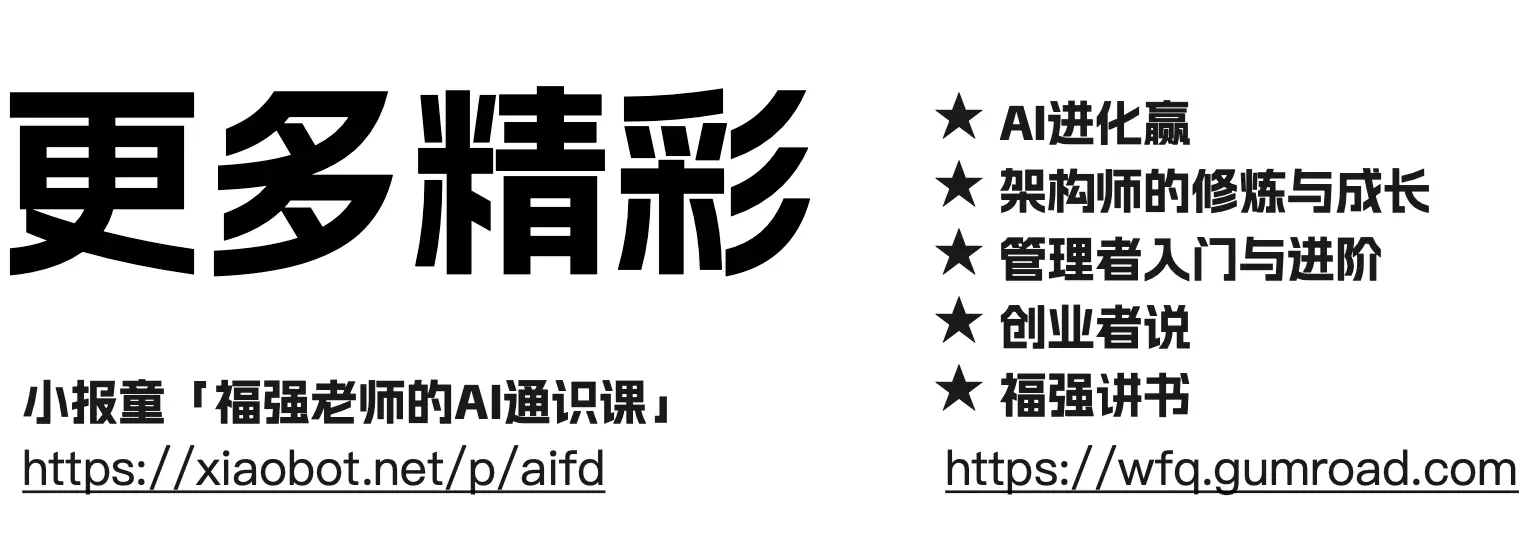“Notes Of GraphDBs”
fujohnwang
Basic Concepts
图存储 + 图运算 引申出一套生态系统, GraphDB属于存储序列, 图计算则以google的pregel为典型代表(使用BSP计算模型),还包括了Hama,Giraph等图计算框架。本Note主要侧重GraphDB相关内容, 包括基本概念, 基本操作和访问, 存储结构等等。
A graph is composed of Nodes(Vertices) [with Properties] and Edges [with Labels]. 
Graph Types
directed graph(有向图) -> flow network

undirected graph

Mixed Graph(单向,双向, 无向边混合)
Multigraph (多边)
Weighted Graph(加权)
Property Graph
- 对于Property Graph类型, 每个node和edge都可以有多组k-v形式的properties来附加更多信息, 另外, 每个edge可以有label, 用来表示不同类型的edge,这应该通常多见于multigraph中,即两个node之间存在多个edge的情形,而多个edge可以是不同类型的edge,比如like, follows等。 label和properties对于edge来说是不同的属性, 不要混淆。
Basic Operations
The basic operations provided by a graph data structure G usually include:
- adjacent(G, x, y): tests whether there is an edge from node x to node y.
- neighbors(G, x): lists all nodes y such that there is an edge from x to y.
- add(G, x, y): adds to G the edge from x to y, if it is not there.
- delete(G, x, y): removes the edge from x to y, if it is there.
- get_node_value(G, x): returns the value associated with the node x.
- set_node_value(G, x, a): sets the value associated with the node x to a.
Structures that associate values to the edges usually also provide:
- get_edge_value(G, x, y): returns the value associated to the edge (x,y).
- set_edge_value(G, x, y, v): sets the value associated to the edge (x,y) to v.
Graph-theoretic data structures
- List structures
- Incidence list
- Adjacency list
- Matrix structures
- Incidence matrix
- Adjacency matrix
- Laplacian matrix or “Kirchhoff matrix” or “Admittance matrix”
- Distance matrix

图论应用场景
- Task planning
- Scheduling
- Process assignation
- Routing
- Logistics
- League planning
- Pattern Recognition
- Dependency analysis
- Impact analysis
- Network flow – Traffic analysis and optimization – Delivery optimization
- Optimization of tasks
更多参考http://www.slideshare.net/purbon/graph-t-6162024?from=ss_embed
Typical Products
Neo4J
Graph DB, AGPL3 license(Sucks, I think), java made, ACID, HA, M-S Caching Shards, Domain-specific, embeddable, REST, etc.
Neo4j的授权协议包括商业性质的授权和开源协议的授权,但开源协议授权是基于AGPL, 意味着如果要用neo4j,那你的产品也要开源,这对许多公司的产品来说是不可接受的, 另外, 许多高级特性只在商业版中才有,比如HA, backup等,没有了这些高级特性, neo4j也就剩下玩玩的资本了。
所以, 不再对neo4j做更多了解和涉猎, 只罗列部分资料,如果有人感兴趣可以看下:
OrientDB
http://www.orientechnologies.com/orient-graphdb.htm
Document-Graph DB, Apache2 License, Java Made, ACID Support, HA via replication, embeddable, REST&SQL-like access.
OrientDB实际上不是一个纯的GraphDB, 它是构建在DocumentDB的模型之上。 除了GraphDB, OrientDB还在基础的DocumentDB基础模型之上构建了KV, OO等类型的DB。
References Of OrientDB:
- OrientDB for real & Web App development
- OrientDB the database for the Web
- http://code.google.com/p/orient/wiki/GraphDatabase
- http://code.google.com/p/orient/wiki/GraphEdTutorial
FlockDB
twitter特定场景下的graphed产品, 并非力图实现所有的features,而只关注twitter自身或者网站常见的一些问题, 比如在twitter内部只用flockdb存储用户关系图以及二级索引等信息。
flocked存储采用node+edge一起存储的策略,而且针对一个edge,会按照forward和backward分别存储2条, 这种策略内聚性不错,但是否耦合性太紧,不便于扩展那?!(更深层次的edge关联不好管理,尤其是引入分布式存储结构之后!)
flockdb底层使用mysql作为存储, 使用twitter的gizzard分布式数据访问层来管理mysql分区集群, 在这之上, 才是实现的重头戏, 成为flapps服务集群, flapps是stateless的, 所以可以很容易的横向扩展,而m底层的mysql存储层在gizzard的帮助下也可以横向扩展,所以总的来说, flockdb的横向扩展能力是没啥问题的。

从使用场景上来看, flockdb更适合浅层次的遍历和查询(少于2个层次?!), 而深层次的遍历估计会因为同时牵扯index的查询和数据的查询而性能急剧下降。(个人猜测)从这个角度来看, flockdb还真是一个twitter特定的产品,跟一般意义上的graphdb有很大的差异,即traversal能力的强弱。
flockdb使用thrift暴露远程服务,所以, 客户端可以使用多种语言实现,包括ruby, java, c/c++等, twitter内部应该用的是gizzmo(ruby客户端)。
结论: flockdb虽然速度和横向扩展能力不错,但graph模型和处理能力太弱,不一定适合“来往”的业务模型。
References
- Introducing FlockDB
- Google Group of FlockDB
- Twitter’s Database FlockDB
- FlockDB and Graph Databases
- FlockDB - What is it? And best cases for it uses
- Flockdb: Twitter’s powerful weapon
DEX
C++ core, Java, .Net API, dual Personal-evaluation or Commercial license
Labeled, Directed And Attributed Multigraph Model
Scenarios for DEX
- Social Networks
- Twitter, Facebook, Linkedin, Flickr, Delicious, MySpace
- Information Networks
- Bibliographical databases, Wikipedia, IMDB
- Security Networks & fraud detection
- Economic transactions analysis
- Recommendation
- ecommerce
- Media Analysis
- Audiovisual content recommendation
- Physical Netorks
- Logistics, Transport, Electrical, Telecom Networks
- Biological Networks
Curiosity
- 基于磁盘的高容量存储是怎么做的?!
- 存储结构是什么样儿的?自定义?
- 横向扩展能力如何?
References
- http://www.sparsity-technologies.com/downloads/dex_brochure.pdf
- DEX 3.0 features: Graph algorithms
- Dex: Introduction
- DEX: Seminar Tutorial
Infogrid
MeshNetg公司开源产品, MeshNet提供商业支持。产品整体按照不同的关注点分为不同的子项目, 包括核心的graphdb, 关注cluster的grid, 关注存储的stores以及展现和工具支持,可以使用不同的存储方案, 包括mysql, FS, HDFS等。
References
Other Ones…
- InfiniteGraph
- HypergraphDB
- LGPL, Java Made ,ACID, P2P distribution and replication, storage on BDB
- HyperGraphDB:Data Management for Complex Systems
- TinkerGraph - In-Memory Graph, Not for production.
Tools & Support
TinkerPop公司在这个领域显然做到工作很出色!
- Blueprints

- Gremlin
- The Pathology of Graph Databases - Gremlin Graph Language
- reXster
- Prefuse - visualization tool
关于GraphDB的一些个人想法
个人感觉,GraphDB的服务层可以独立于存储层,只要对存储层做合理的抽象, 现在的许多存储方案都可以使用,包括常见的RDBMS,以及各种KV啦,ColumnOrientedDB啦,等等。 但数据的组织,应该参考GraphDB的服务层设计, 尽量贴近服务层,规避特定存储层在GraphDB的访问模式下的各种弊端,比如“索引的空间和时间消耗”.
GraphDB强调索引的Vertices Adjacency能力, 即通过Vertex可以直接获得临近的Vertices,而不用像在RDBMS那样, 去B-Tree等索引中先查看索引,再做join的方式来获取相关vertices, 换句话说, 当前vertex本身已经是临近的vertices的索引。
当然, GraphDB并不排斥其它索引形式,比如完全可以通过B-Tree, B+Tree或者lucency等手段对vertices或者edge的properties进行索引或者对root vertices set进行索引,以加快graph其它相关信息的检索和访问。
存储结构抽象和引申
首先, graph中核心元素的存储可以分开, 比如分为:
- node存储(适合使用索引的存储)
- edge存储(组合索引?!)
- properties存储(比较适合用KV存储)
分开的好处是, 不同元素的存储方案选择比较灵活, 另外分区扩展也很容易,但也有弊端,比如构建索引的空间开销,以及搜索期间跨越不同存储的时间开销等。为了规避弊端, 可以根据某些指标(比如子图)将核心元素的存储分区做locality, 不过,这又进一步会引入跨分区遍历的开销…
反过来, 几种核心元素一起存储又会怎样?! 想自然语言的语句似的将所有信息都包含进一个单元(比如句子)当然可以,绝对高内聚,但使用的适合可能就不太方便, 要做多级索引才能提高查询和计算速度,而索引增多,随着查找层次的加深,又会进一步降低性能,所以完全的高内聚的一起存储所有信息显然不是啥太明智的做法。
SNS的关系网络原则上并非十分密集,所以,采用相邻列表(Adjacency list)的结构来存储应该比较合适。 而使用相邻列表(Adjacency list)的话, node以及其关联的edge就可以一同存储了。 在这种情况下,即使node和edge的properties单独存储,也是很容易切割和扩展的。
值得关注的点
- 横向扩展能力
- 高可用性
- 备份
- 复制
- 服务降级
- 其它
- 有哪些现成的图算法可用
- 运维复杂度
使用场景分析
适合的场景
pending ### 不适合的场景 pending
References
- http://en.wikipedia.org/wiki/Graph_database
- http://en.wikipedia.org/wiki/Graph_(data_structure)
- http://en.wikipedia.org/wiki/Graph_theory
- http://www.graph-database.org/
- On Building a Stupidly Fast Graph Database
- Social networks in the database: using a graph database
- Graphs in the database: SQL meets social networks *****
- A Toolbox for High-Performance Graph Computation
- The Definition ofGraphDB Slide
- Large Scale Graph Processing Slide
- Giraph:Large-scalegraphprocessinginfrastructureonHadoop
- Graph database super star
- Key-Key-ValueStoresforEfficientlyProcessingGraphDataintheCloud
- Online Query Execution on Large Distributed Graphs
- AHigh-PerformanceGraphDatabaseManagementSystem
- Graph Databases introduction to rug-b
- NoSQL with Graphs
- Connections to the Real World:Graph Databases and Applications
- Ranking on Large-Scale Graphs with Rich Metadata
- Graph Databases: The Web of Data Storage Engines
- Graph Theory and Databases
- Pregel: A System for Large-Scale Graph Processing - 归属于图计算范畴
- 5 Graph Databases to Consider
- GraphML
- The Graph Traversal Programming Pattern ****
- Cassovary ***** twitter new open sourced graph-processing library written in Scala
开天窗,拉认知,订阅「福报」,即刻拥有自己的全模态人工智能。



